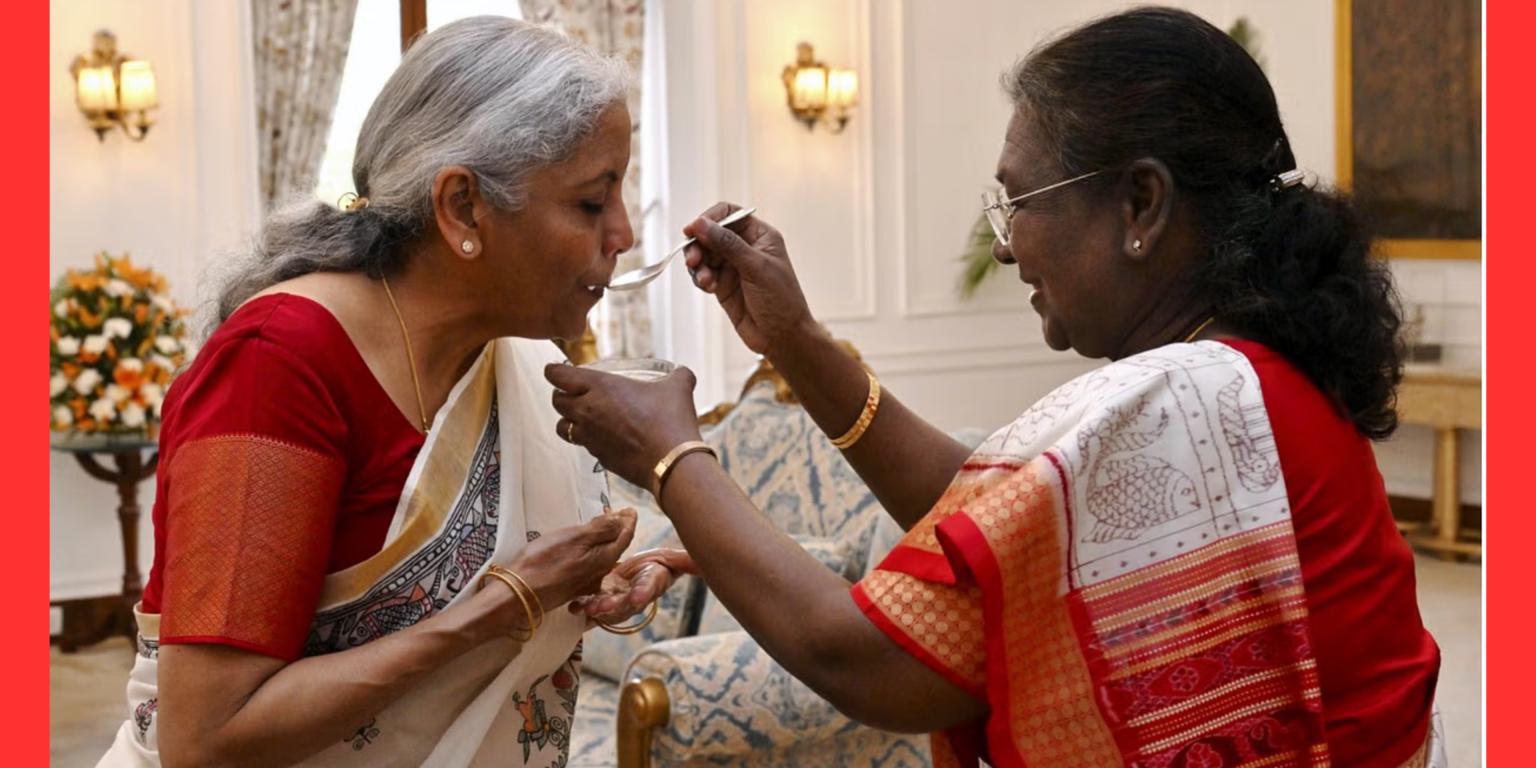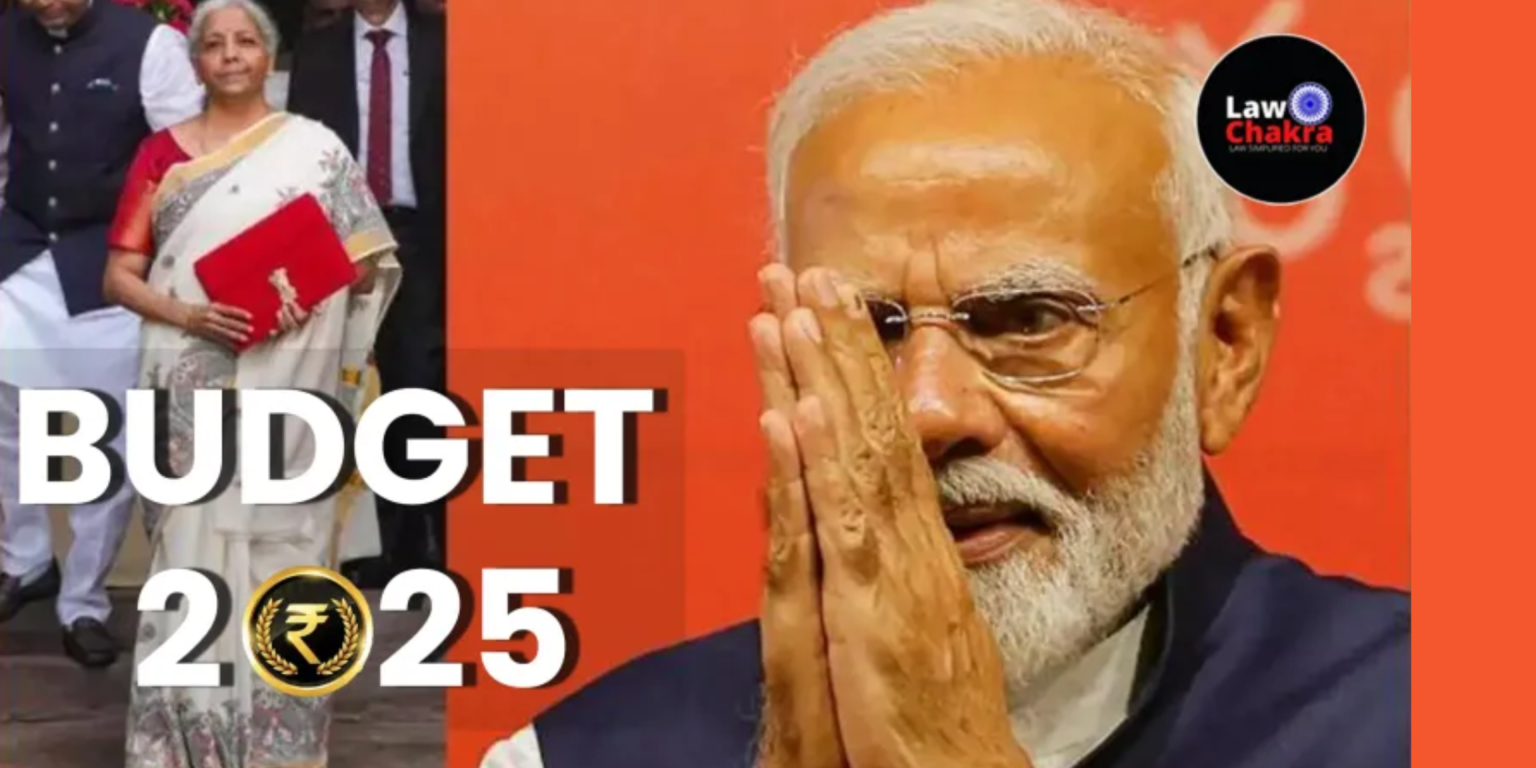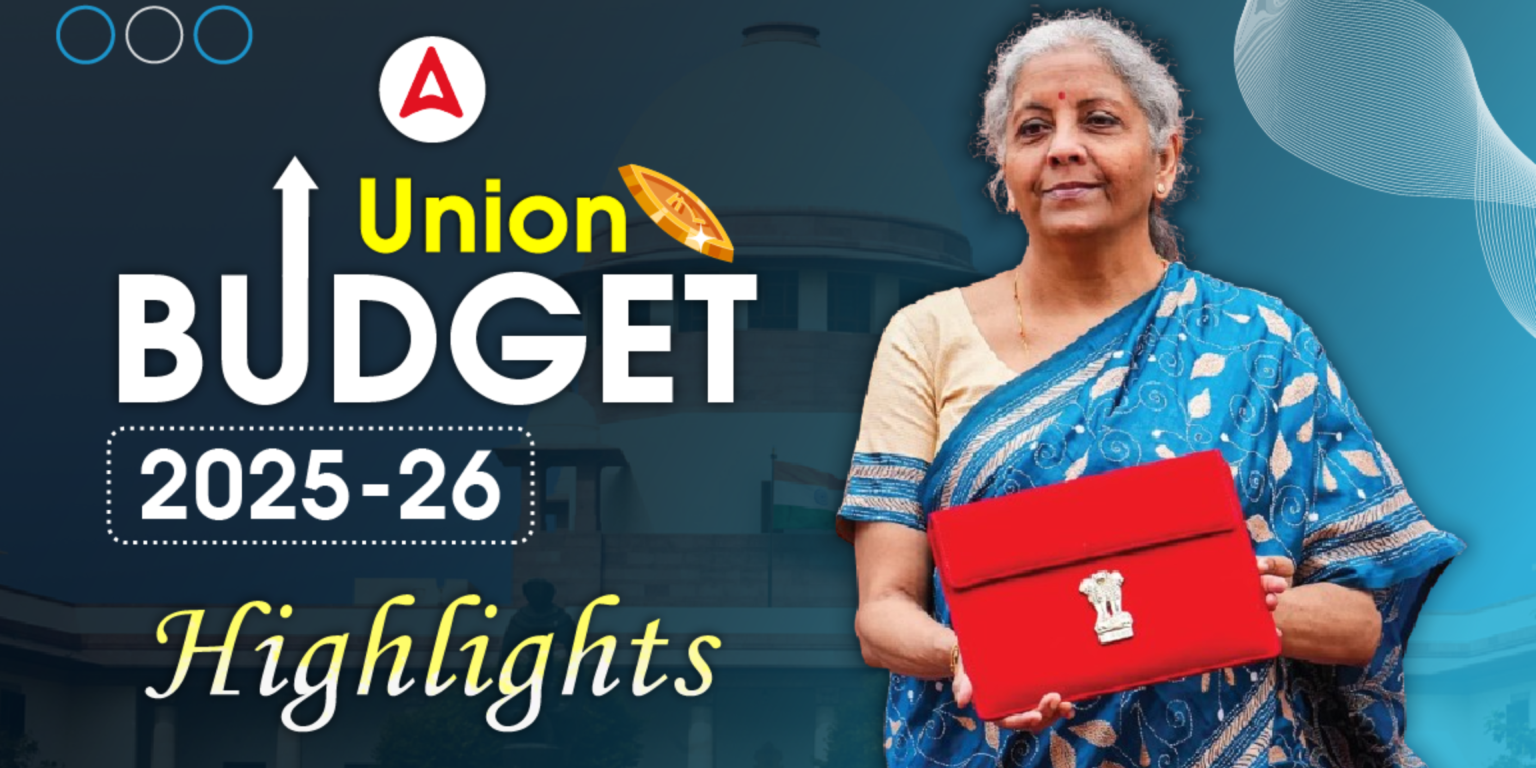



Budget (2025-26) related primary discussion:
- Fiscal Deficit
- Definition: The difference between the government’s total expenditure and its total receipts (excluding borrowings).
- Numeric Example:
If the government’s total expenditure = ₹50.65 lakh crore
Total receipts (excluding borrowings) = ₹34.96 lakh crore
Fiscal Deficit = ₹50.65 – ₹34.96 = ₹15.69 lakh crore - Budget Context:
Fiscal deficit for FY 2024-25 is estimated at 4.8% of GDP, with a target of reducing it to 4.4% of GDP by FY 2025-26.
- Capital Expenditure
- Definition: Spending by the government on acquiring or maintaining fixed assets, such as roads, buildings, and infrastructure projects.
- Numeric Example:
If the total government expenditure = ₹50.65 lakh crore
Capital expenditure = ₹10.18 lakh crore (as mentioned in the revised estimate for 2024-25)
This represents the portion of total spending allocated to long-term infrastructure and development. - Budget Context:
An estimated capital expenditure of ₹10.18 lakh crore has been outlined for FY 2024-25, focusing on infrastructure development and economic growth.
- Tax Deducted at Source (TDS)
- Definition: A mechanism where tax is deducted at the source of income before it is paid to the recipient.
- Numeric Example:
If you earn ₹6 lakh as rental income, and the TDS rate is 5%, the payer will deduct ₹30,000 before making the payment. - Budget Context:
The TDS threshold on rental income has been increased from ₹2.4 lakh to ₹6 lakh per annum, providing relief to landlords and simplifying tax compliance.
- Standard Deduction
- Definition: A fixed deduction allowed from gross salary income to arrive at the taxable income.
- Numeric Example:
Gross salary = ₹12.75 lakh
Standard deduction = ₹75,000
Taxable income = ₹12.75 lakh – ₹75,000 = ₹12 lakh (No income tax due under the new regime). - Budget Context:
Salaried individuals earning up to ₹12.75 lakh annually will pay no income tax, thanks to the standard deduction of ₹75,000.
- Basic Customs Duty (BCD)
- Definition: A duty imposed on goods imported into a country, based on their value.
- Numeric Example:
If BCD on a product is 20%, and its import value is ₹5 lakh, then the duty amount = ₹5 lakh × 20% = ₹1 lakh. - Budget Context:
- BCD on Interactive Flat Panel Display (IFPD) increased to 20% to support local manufacturing.
- BCD on parts of open cells reduced to 5% to promote domestic production.
- 36 lifesaving drugs and medicines have been fully exempted from BCD to improve affordability.
- Presumptive Taxation
- Definition: A simplified tax regime where income is presumed to be a fixed percentage of turnover, applicable to certain businesses or professionals.
- Numeric Example:
If turnover = ₹50 lakh and presumptive income rate = 8%, then taxable income = ₹50 lakh × 8% = ₹4 lakh. - Budget Context:
A presumptive taxation regime is being extended to non-residents providing services to electronics manufacturing units.
- Asset Monetization
- Definition: The process of generating revenue by leasing or selling public assets to the private sector while retaining ownership.
- Numeric Example:
If a government-owned highway generates ₹5,000 crore through asset monetization agreements, this amount is then reinvested into other infrastructure projects. - Budget Context:
The second Asset Monetization Plan (2025-30) aims to generate ₹10 lakh crore by leasing or selling underutilized public assets to the private sector.
Some Budget Highlights with Examples
- Taxation Reliefs
- Salaried class with incomes up to ₹12.75 lakh/year will pay no tax under the new regime.
- Standard deduction of ₹75,000 helps reduce taxable income.
- TDS on rent threshold increased to ₹6 lakh/year, simplifying tax compliance.
- Boost to Agriculture
- Prime Minister Dhan-Dhaanya Krishi Yojana launched to cover 100 low-productivity districts.
- Loans up to ₹5 lakh through Kisan Credit Cards (KCC) under the modified interest subvention scheme.
- Support for MSMEs
- Credit guarantee cover doubled to ₹10 crore, encouraging small businesses.
- A new scheme for 5 lakh women and marginalized entrepreneurs, offering term loans of up to ₹2 crore.
- Investment and Infrastructure
- Capital expenditure increased to ₹10.18 lakh crore to support public infrastructure projects.
- ₹20,000 crore allocated for R&D and private-sector-driven innovation.
- 50,000 Atal Tinkering Labs to be established in government schools to foster innovation.
- Fiscal Consolidation
- Fiscal deficit for FY 2025-26 set at 4.4% of GDP, reduced from the revised estimate of 4.8% in 2024-25.
- Customs and Import Duties
- BCD fully exempted on 36 lifesaving drugs and critical components for electric vehicle battery manufacturing.
- BCD increased to 20% on certain imported electronic components to boost “Make in India”.
